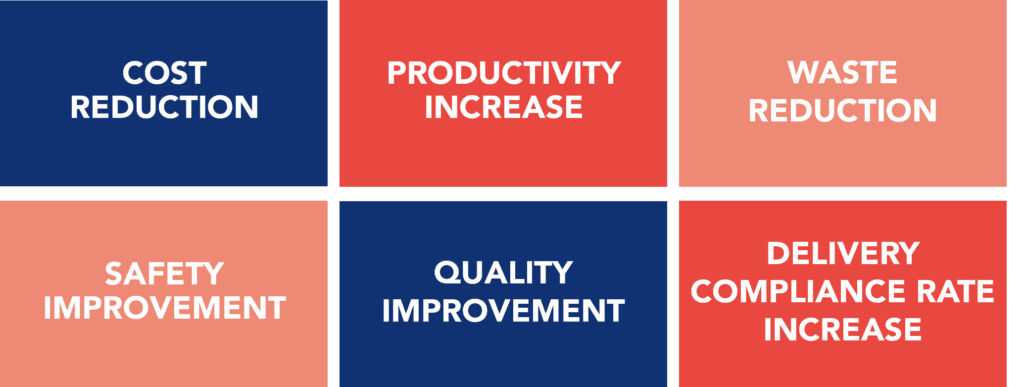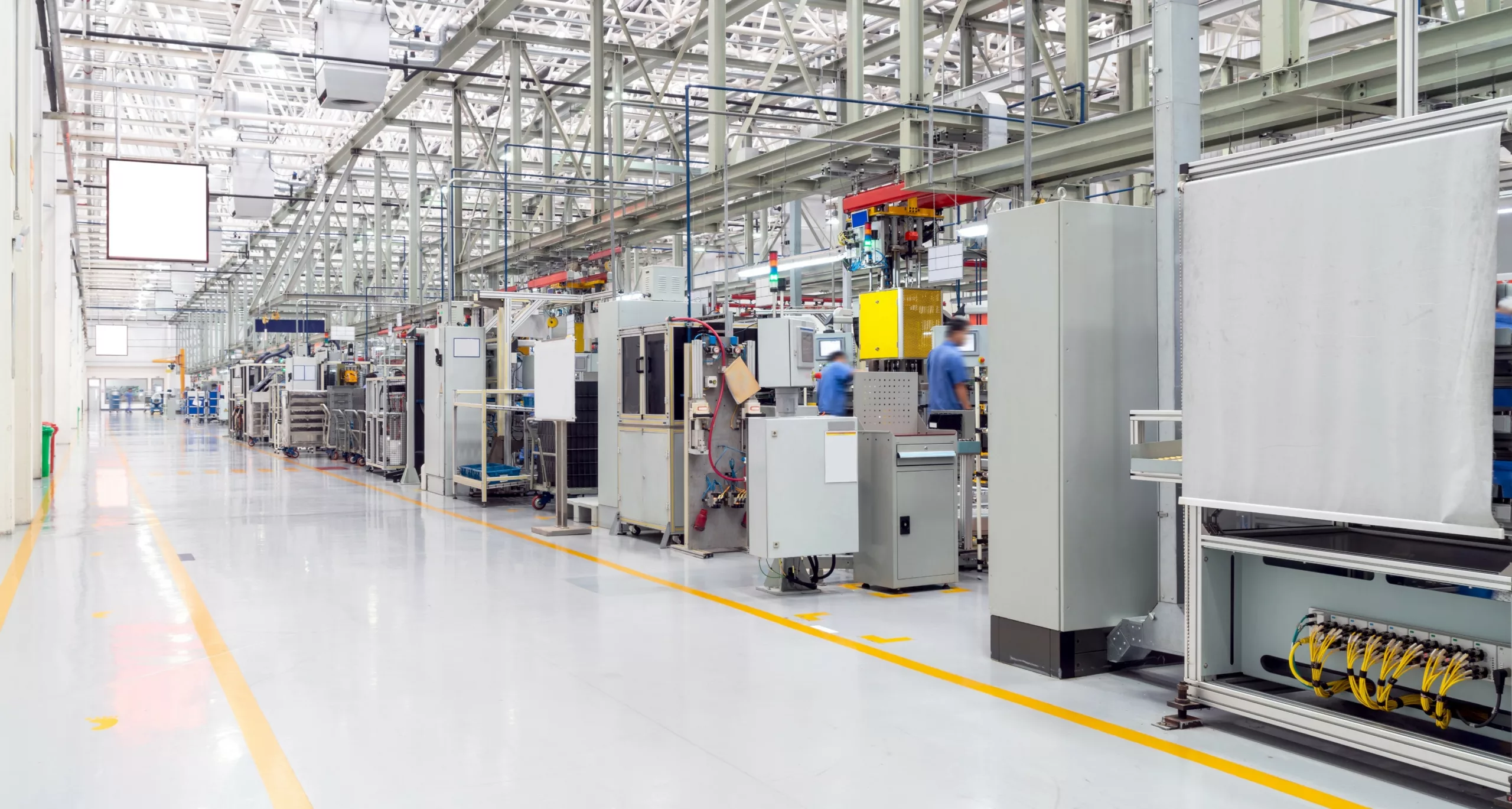The Company
This company is a manufacturing unit integrated into a global group producing upholstery and mattresses for furniture, with a strong presence throughout Europe and established business relations in approximately 50 countries. With a team of over 4,500 employees across 21 production units, this group partners with major furniture market retailers.
With nearly four decades of experience, this Portuguese company has developed a robust business strategy that includes vertical production chain integration, partnerships with local and international suppliers, consistent product innovation, and a commitment to environmental sustainability.
In recent years, the group has been working toward operational excellence, adopting Lean Manufacturing’s best practices. This approach has led to a significant reduction in waste and an increase in profit, with EBITDAs reaching double-digit numbers in this manufacturing unit.
The Challenge
The main challenge of this project was to increase sustainability and business growth by implementing the best KAIZEN™️ Lean practices. Both the group and the manufacturing unit share a strategy focused on financial growth, delivering high-value-added products, and catering to major retailers with a focus on excellence and customer needs.
The project’s key objectives targeted fixed and variable cost reduction, with close attention to optimizing glue and electricity consumption. Furthermore, they aimed to increase mattress production efficiency, eliminate component overproduction in the sofa manufacturing process, and significantly reduce workplace accidents.
The project also aspired to reduce defects and increase On-Time Delivery (OTD) to further strengthen the relationship with customers. Another goal was optimizing foam reuse, therefore minimizing material waste.
These objectives impacted the company’s efficiency and profitability and strengthened its reputation for excellence and commitment to customer satisfaction.
The Approach
To address these challenges and achieve the stated objectives, the company implemented a continuous improvement project that involved all organizational levels, from field teams to management teams and was supported by consultants from Kaizen Institute.
The approach included several essential actions:
Lean Diagnosis and Evaluation
Map critical processes and assess maturity in applying the Lean philosophy in the organization.
Definition and Deployment of KPIs
Use of the X Matrix to define key performance indicators and their deployment.
Redeployment of 5S
Apply the 5S methodology to improve workplace organization, cleanliness, efficiency, and safety.
Value Stream Mapping
Map the current situation, identify improvement opportunities, and design the future vision.
Obeya Room for KAIZEN™️ Project Management
Implement a visual space dedicated to improvement project management, using the A3 thinking methodology.
Obeya Room for APQP Management
Launch of projects based on Advanced Production Quality Planning.
Capacity Calculation and Leveling
Improve planning and production processes.
Process Optimization
Redesign reuse processes.
Factory Layout Optimization
Design and implement a new layout in the reuse factory.
Daily KAIZEN™️ Implementation
Implement a continuous improvement culture throughout the organization by enhancing the management of natural teams.
Management Control
Implement verification standards at various levels for improved operational control.
Problem-Solving
Use the A3 problem-solving methodology to address critical issues.
Results
The Lean Manufacturing-focused approach and the rigorous implementation of the mentioned actions brought significant results to the company:
Cost Reduction
There was a significant reduction in costs, including substantial savings in glue consumption (down by 32%) and electricity costs (down by 30%).
Productivity Increase
Productivity per hour saw a considerable rise, from 34 to 47, representing a 28% increase.
Waste Reduction
The elimination of excess components resulted in a 95% reduction in overproduction in sofa manufacturing.
Safety Improvement
Work-related accidents resulting in time off were reduced by 50%, promoting a safer work environment.
Quality Improvement
PPM with major clients was significantly reduced – a decrease of 84% – reflecting a commitment to quality.
Delivery Compliance Rate Increase
OTD with a critical client went up from 86% to 98%.
Material Waste Reduction
Foam reuse was optimized, reducing waste by 2%.

In summary, the company achieved impressive results through implementing Lean Manufacturing and the entire organization’s commitment to operational excellence and sustainability. This approach strengthened the company in a competitive market and made it a success story in the continuous improvement of industrial processes.
See more on Manufacturing
Find out more about transformation in this sector
See more on Sustainability
Find out more about improving this business area
